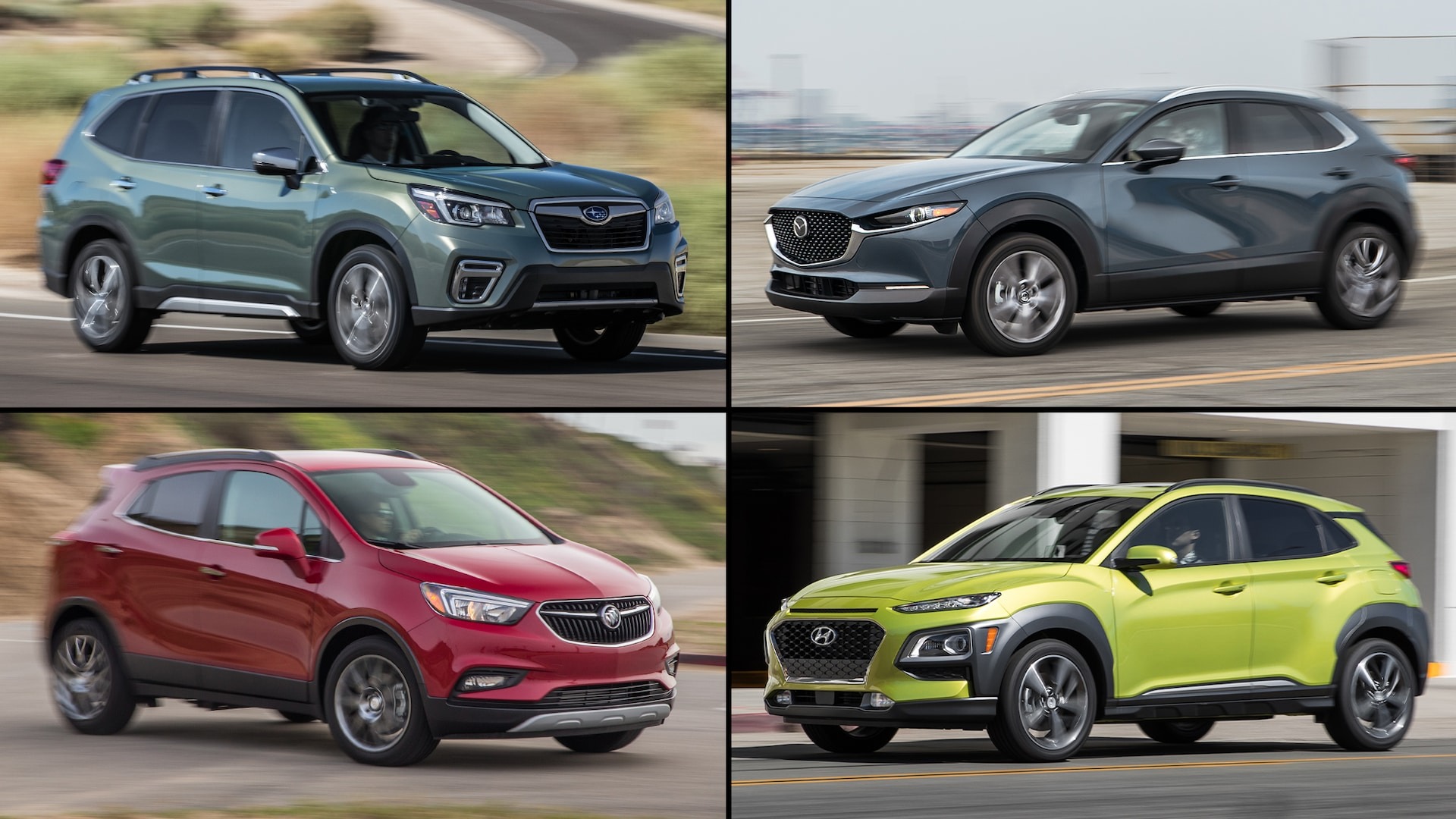The used SUV market has changed a lot over the past decade, especially as more people change from sedans and minivans to larger and more versatile vehicles. While many SUVs look similar in size or style, not all of them perform equally when it comes to resale value.
Some models maintain strong prices even after several years on the road, while others lose value quickly due to issues like overproduction, reliability concerns, or weak consumer demand. These differences make a big impact for anyone trying to buy or sell an SUV in the second-hand market.
Understanding which SUVs hold their value and which ones do not can help buyers make smarter decisions. Whether someone is looking for a dependable family vehicle, a fuel-efficient commuter, or an off-road companion, resale performance often reflects long-term quality and owner satisfaction.
Vehicles that are in high demand usually sell faster and at higher prices, even with higher mileage. On the other hand, SUVs that were heavily marketed but failed to build lasting trust often struggle to attract buyers when resold.
This article takes a closer look at ten SUVs, divided into two groups. The first group includes five models that command high prices in the used market due to strong build quality, long-term reliability, and consistent popularity.
The second group highlights five SUVs that may have enjoyed initial success but have suffered poor resale values in the course of time, mostly due to high production numbers and limited buyer interest after a few years.
For anyone thinking about resale value as part of their next SUV purchase, this guide offers a clear breakdown of where real value is found—and which models to approach with caution. Understanding these trends helps both sellers and buyers make informed choices in a crowded and often unpredictable market.
SUVs Commanding High Used Prices
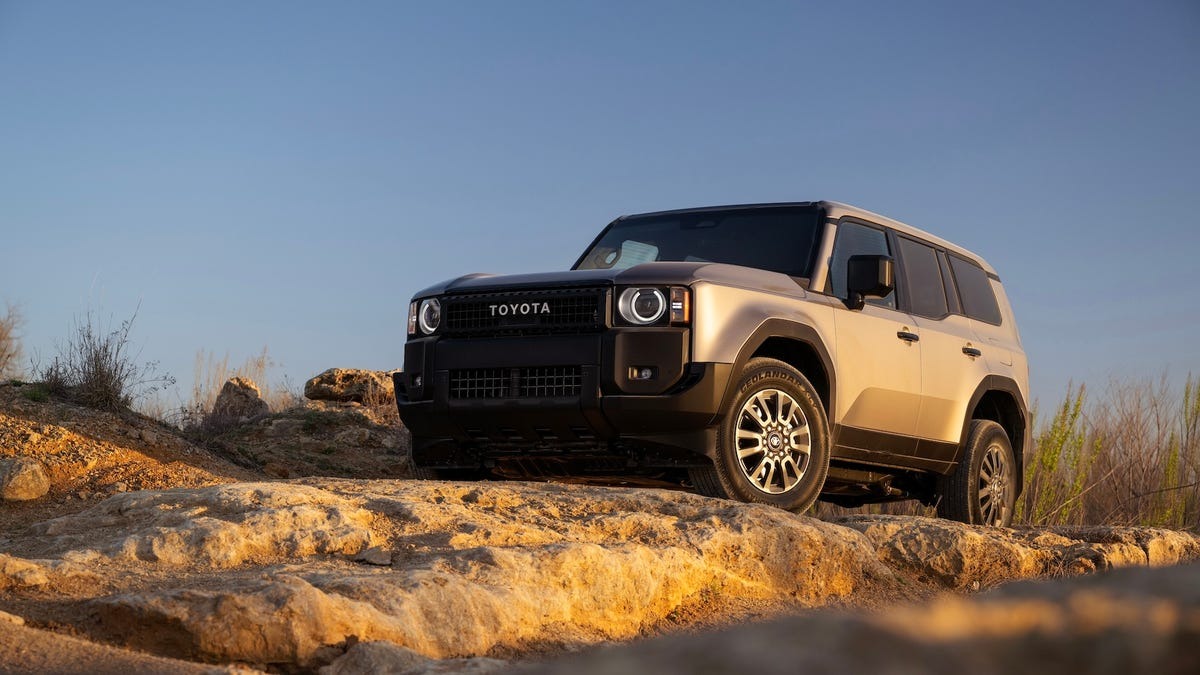
1. Toyota Land Cruiser
Among full-size SUVs, the Toyota Land Cruiser has earned a reputation for holding its value like very few vehicles. Buyers looking at used Land Cruisers often discover that depreciation does not hit this SUV the same way it does others.
This is not just because of its prestige or name recognition. What keeps its resale value high is a mixture of engineering, durability, and real-world reliability that has been tested across multiple continents and in demanding terrains.
The Land Cruiser is not built for show. It comes with serious off-road equipment, such as a full-time four-wheel-drive system, a solid frame structure, and a V8 engine that is capable of performing well even in harsh environments.
These qualities have made it a favourite for buyers in regions where rough terrain is common, including parts of Africa and the Middle East. Even in North America, it is seen as an excellent long-term investment for those who plan to drive an SUV for more than a decade.
Another reason for its high resale value lies in its limited availability. Toyota has always produced the Land Cruiser in smaller numbers, especially in the United States.
That scarcity drives up demand in the second-hand market. Many Land Cruiser models that are five to ten years old still fetch more than half of their original price, especially those with low mileage and full service history.
Even with the introduction of newer models or its recent replacement by the Lexus LX in some markets, the older Land Cruisers continue to enjoy strong resale support. The SUV’s image as a go-anywhere vehicle that requires minimal maintenance contributes greatly to that.
Owners usually keep these vehicles for longer periods, and they pass from one enthusiast to another, each understanding what they are getting: a dependable machine that can go the distance. This strong perception in the used market helps the Toyota Land Cruiser stand out from most rivals.
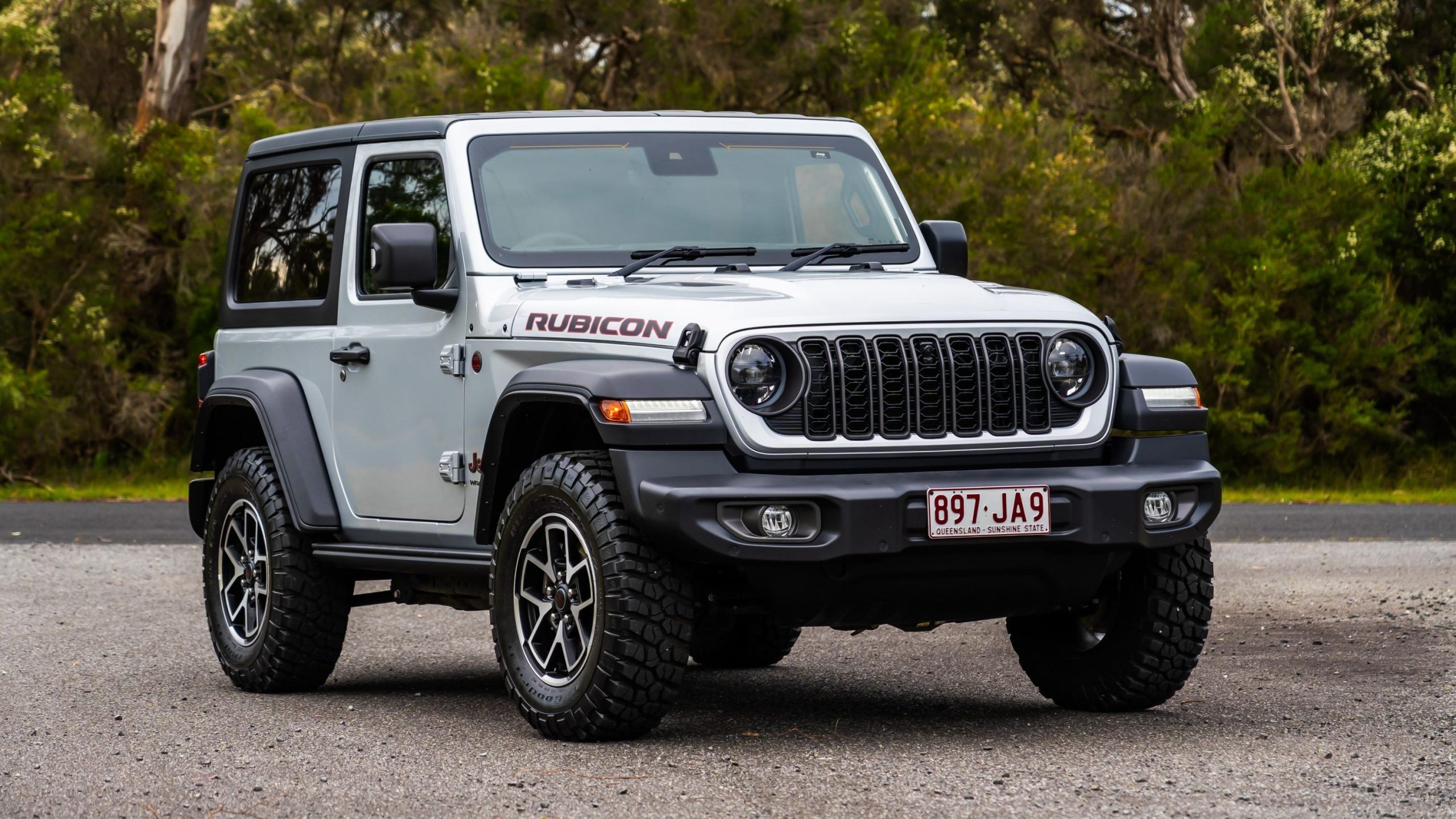
2. Jeep Wrangler
When it comes to SUVs that command strong resale prices, the Jeep Wrangler is difficult to ignore. This SUV appeals to buyers who want a rugged and adventurous vehicle that also carries a distinct personality.
Its resale value tends to hold steady because of its unique build, devoted customer base, and genuine off-road performance.
The Wrangler’s design has stayed largely consistent over the years. That consistency has created a kind of loyalty rarely seen with other vehicles.
Buyers who want to enjoy the open-air driving experience, removable doors, and serious trail capabilities usually look for the Wrangler. That level of interest keeps the resale value firm even several years after initial purchase.
Another factor keeping the Wrangler in demand is the availability of aftermarket parts. Owners can modify these SUVs to suit their lifestyle. From lifted suspensions to upgraded bumpers and wheels, there is always a market for customised or lightly upgraded Wranglers.
Even older models from the early 2010s still have high demand if maintained well. Buyers often consider mileage less important than the vehicle’s condition and modifications.
Unlike other SUVs that may depreciate due to design changes or reduced popularity, the Wrangler continues to enjoy consistent appeal.
Its reputation for handling rough terrain without mechanical issues has boosted buyer confidence. Even two-door variants with manual transmissions can fetch strong resale figures if they come with desirable features like the Rubicon trim.
In some cases, used Wranglers are sold for prices that are close to the cost of a new model. The availability of special editions such as the Willys, Sahara, or Rubicon adds even more variety and value to the used market.
Their uniqueness means buyers often have to compete for well-maintained options. The Jeep Wrangler’s ability to blend outdoor utility with a unique design ensures that it remains a strong resale performer year after year.
Also Read: 5 Cars With Timing Belts That Last Over 150,000 Miles and 5 That Fail Prematurely
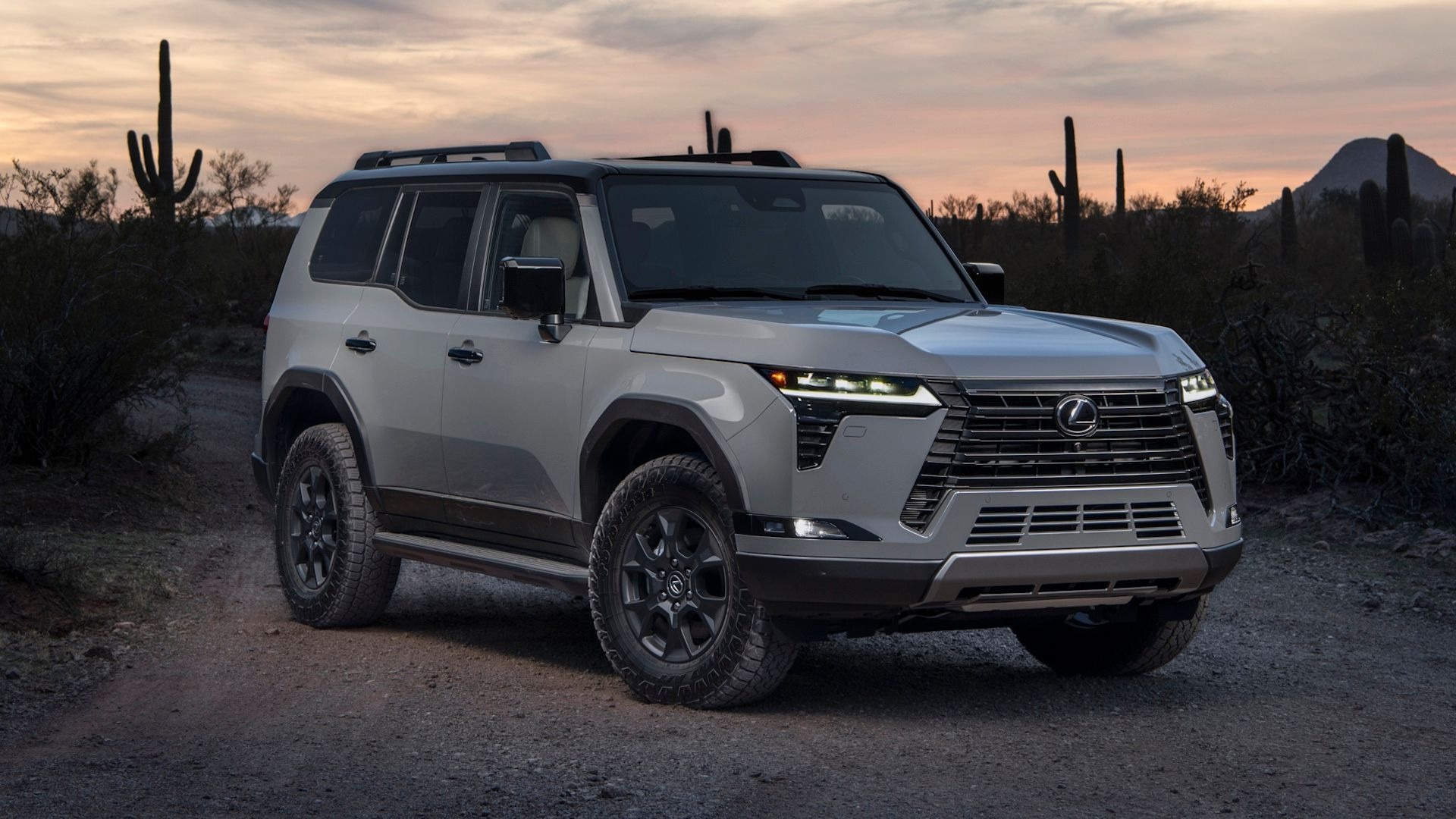
3. Lexus GX
The Lexus GX may not grab attention the way other flashy luxury SUVs do, but it quietly delivers a strong return for those who own it. This mid-size luxury SUV shares some mechanical features with the Toyota Land Cruiser Prado, and that connection helps to make it both durable and desirable in the second-hand market.
What makes the Lexus GX stand out is its balance between comfort and off-road capability. While it comes fully equipped with high-end features like leather interiors, a premium sound system, and adaptive suspension, it also maintains a full-time four-wheel-drive system and a body-on-frame construction.
These features are rare in luxury vehicles but highly appreciated by those who live in areas where driving conditions can be unpredictable. The engine, a 4.6-litre V8, is known for being reliable and smooth. Even after several years of use, it rarely gives owners mechanical issues.
Buyers looking for used Lexus GX models often prioritise this vehicle over newer, less capable alternatives. This high level of dependability gives it strong second-hand value, especially among those who want both comfort and practicality.
Another reason for its popularity in the used market is the longevity of its design. Lexus has not made major changes to the GX over the years, and this stability works in its favour.
Buyers do not feel they are getting an outdated product because the core experience remains consistent. The availability of well-kept older models with low mileage keeps the resale interest high.
Even with newer luxury SUVs entering the market, the Lexus GX continues to draw attention because it offers something few others can match: a proven mix of durability, performance, and refinement. Whether used for daily driving, family trips, or off-road travel, the Lexus GX remains a dependable choice with impressive resale value.
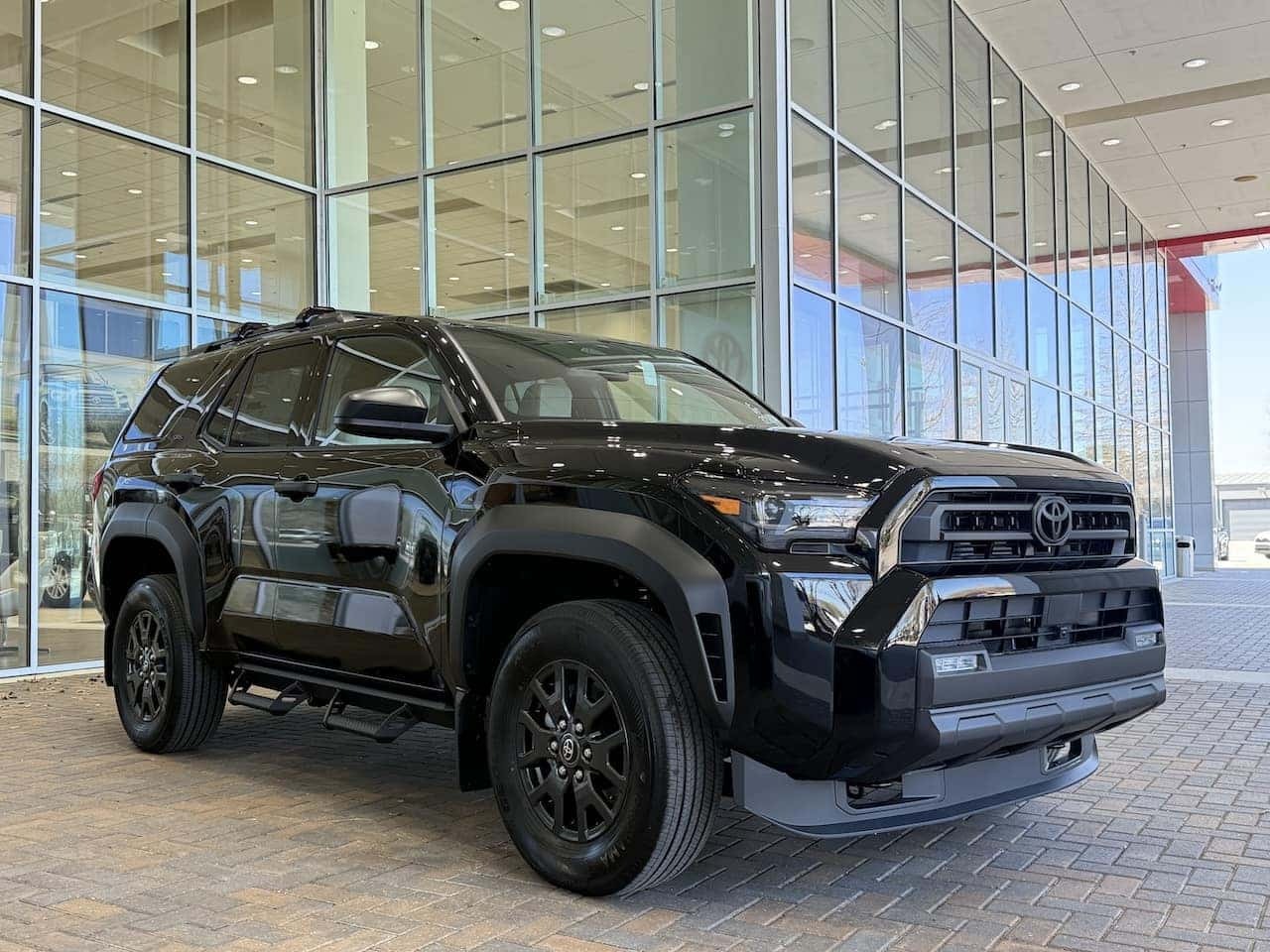
4. Toyota 4Runner
The Toyota 4Runner is one of those vehicles that has built a loyal following based on performance, dependability, and rugged design. Buyers looking at used SUVs often place the 4Runner high on their list due to its durability and strong resale figures.
This mid-size SUV appeals to people who value a no-nonsense approach to utility without giving up comfort. One feature that sets the 4Runner apart is its body-on-frame construction, which gives it greater strength and better off-road capabilities.
While many competitors have switched to car-like platforms for smoother rides, Toyota has kept the 4Runner true to its roots. This commitment to toughness has made it popular among campers, hikers, and outdoor enthusiasts.
The 4.0-litre V6 engine provides enough power for towing and off-road challenges while remaining simple and reliable. Because it does not include overly complicated technology, repairs and maintenance tend to be affordable. Buyers who want an SUV that can last for hundreds of thousands of kilometres often choose the 4Runner.
The interior is straightforward but functional, with features that make daily use comfortable without being too complicated. Trim levels like the TRD Pro or Trail Edition attract extra attention in the used market, as they offer off-road packages that buyers actively seek. These trims tend to hold their value especially well due to their popularity and limited availability.
Toyota does not flood the market with 4Runners, which keeps demand strong. Even older models continue to fetch impressive resale prices, particularly those that have been well taken care of. The Toyota 4Runner’s reputation for reliability and its tough build quality help it stay relevant among SUV buyers even when newer options are available.
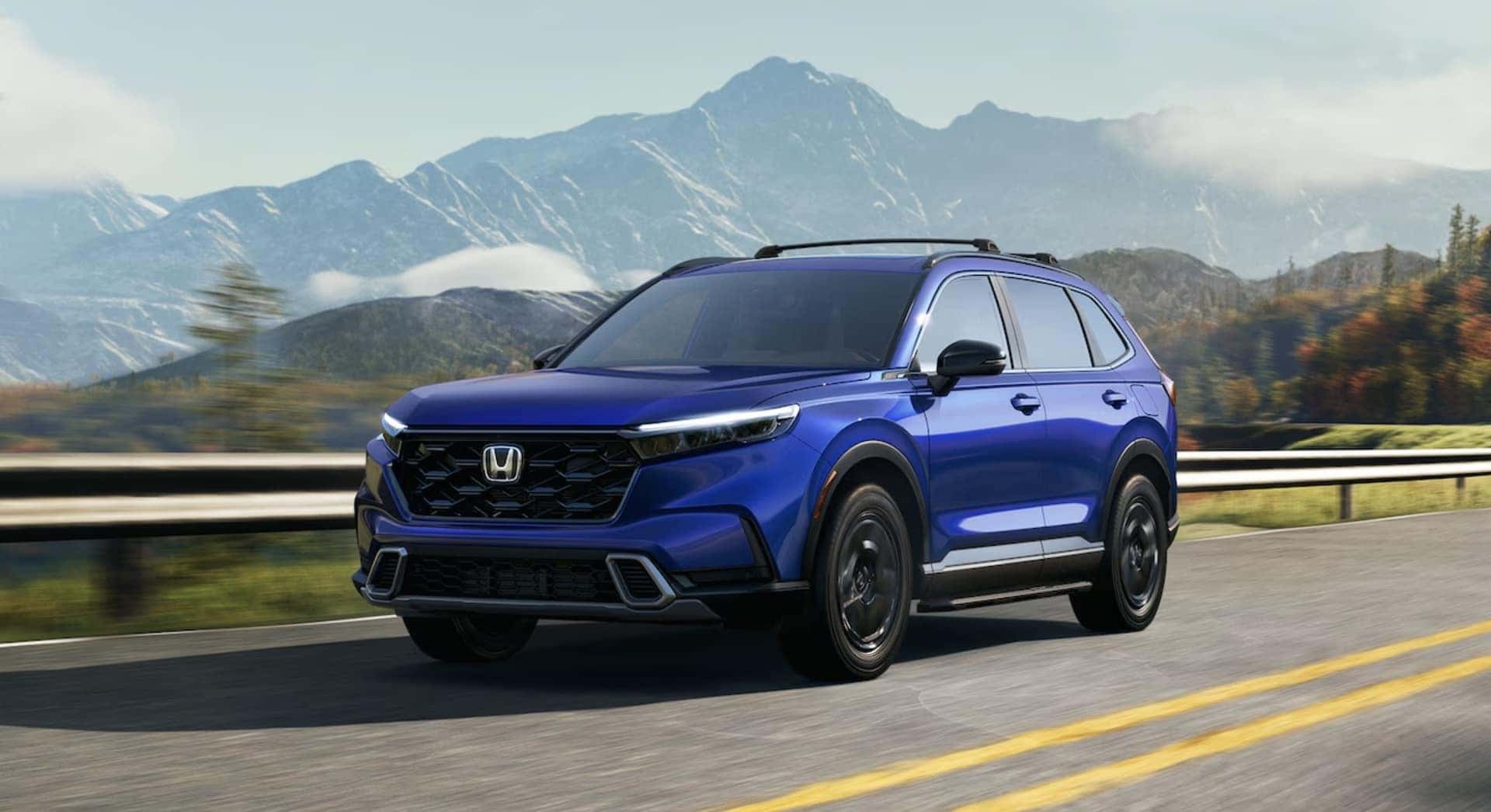
5. Honda CR-V
Among compact SUVs, the Honda CR-V has maintained a steady reputation for dependability, practicality, and fuel efficiency. Its strong resale value comes from these consistent qualities combined with Honda’s reputation for engineering long-lasting vehicles.
Buyers who want a compact SUV with low running costs and solid construction often choose the CR-V, even when shopping in the second-hand market.
One of the reasons the CR-V continues to perform well in terms of resale is its appeal across a wide range of drivers. Whether it is a young professional, a family of four, or a retiree, the CR-V fits multiple lifestyles.
This wide appeal keeps demand high, even for older models. A five-year-old CR-V with reasonable mileage can still command a good price, especially if it has features like all-wheel drive and a clean service record.
Another factor behind its high resale value is Honda’s conservative approach to design. Rather than changing drastically every few years, Honda keeps the CR-V’s styling familiar.
This approach helps older models retain their attractiveness and reduces the feeling that they are outdated. Additionally, the interiors remain comfortable and functional, with well-thought-out space for passengers and cargo.
Buyers also appreciate the CR-V’s fuel economy, which becomes more important when fuel prices are unpredictable. Its four-cylinder engine provides enough power for daily use without being too costly to maintain. Some trims come with turbocharged engines, which offer improved performance while still keeping consumption low.
From the EX-L to the Touring versions, used Honda CR-V models are often in short supply at dealerships. Many sell quickly, and those with good service records or newer safety features often get sold for prices well above the segment average. For buyers who want value that does not disappear quickly, the Honda CR-V remains a dependable choice on the used market.
Overproduced SUVs with Poor Resale
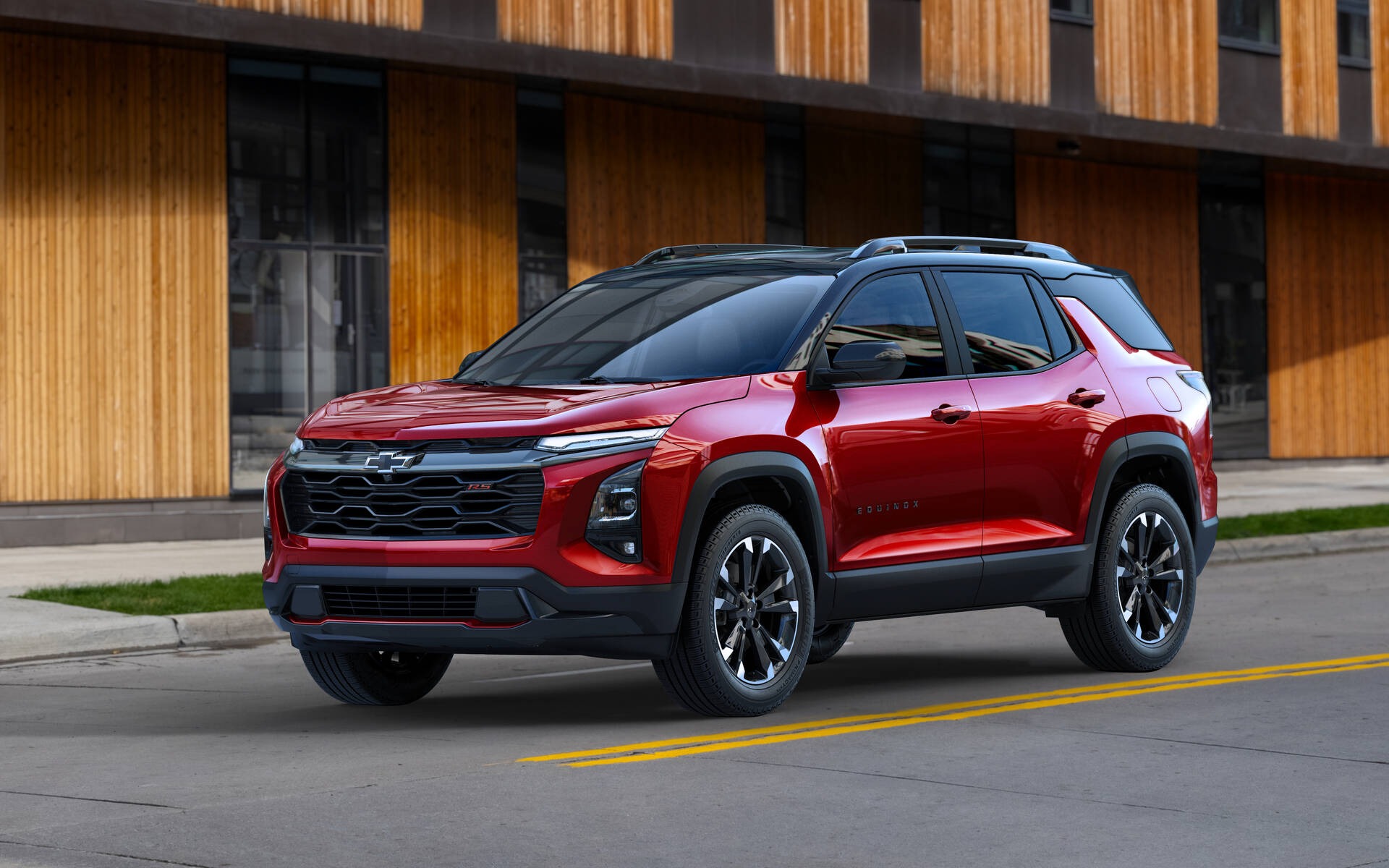
1. Chevrolet Equinox
The Chevrolet Equinox is one of the most produced SUVs in North America, but that does not translate into strong resale value. While it may offer practicality and competitive pricing for first-time buyers, it struggles to maintain value after the initial purchase.
A major factor behind this depreciation is its overproduction, which results in a saturated used market where supply often outweighs demand.
Buyers looking at second-hand options frequently come across many Equinox listings, especially from rental companies and fleet sales.
The SUV’s wide availability drives down the price because there is always another option just around the corner. This abundance puts pressure on private sellers, who find it difficult to command higher prices even for well-maintained units.
Another issue that affects the Equinox’s resale value is its performance and build quality. Some model years have had reliability concerns, especially related to the engine and transmission.
While newer versions have addressed some of these problems, the reputation lingers in buyers’ minds, causing hesitation when choosing a used model. Many shoppers prefer to look at alternatives like the CR-V or RAV4, which are seen as more dependable in the long run.
The interior design and features are functional but lack the refinement seen in rivals. This makes the Equinox less attractive for buyers who are looking for a long-term vehicle that can provide both comfort and value.
Even higher trims with advanced tech packages struggle to hold value once they hit the used car listings. The resale market responds strongly to reputation and long-term performance, and the Equinox falls short in both.
With a large number of vehicles entering the second-hand market each year and a reputation that is not fully trusted, this SUV finds it difficult to maintain its price after the initial few years. For those focused on long-term value, the Equinox often becomes a pass in favour of more reliable alternatives.
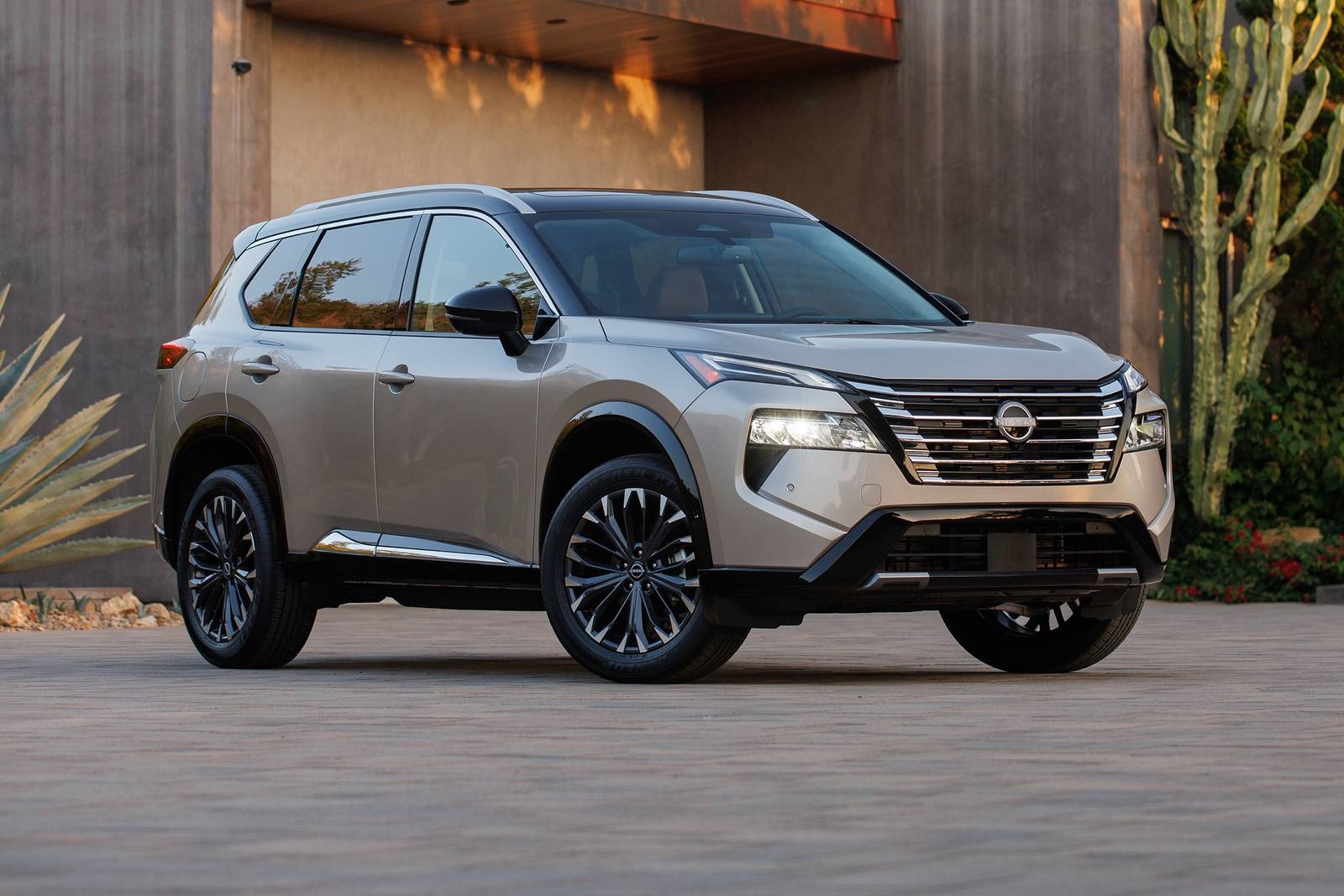
2. Nissan Rogue
The Nissan Rogue continues to sell well when new, but that success does not always carry over to the second-hand market.
While it is known for affordability and fuel efficiency, its high production numbers and mixed reliability record have affected its resale value in the course of time. Buyers looking at used options often find that the Rogue does not hold its price like competitors from Honda or Toyota.
A primary issue is the CVT (Continuously Variable Transmission), which has raised concerns among owners across multiple model years. The CVT is designed to improve fuel economy, but its durability has been questioned.
Repairs or replacements for this type of transmission can be costly, and that uncertainty often scares away potential used buyers. As a result, resale values tend to drop more quickly than for SUVs with traditional gearboxes.
While the interior of the Rogue is comfortable and offers decent features, it does not separate itself from other compact SUVs in the used market.
Many buyers prioritise reliability and resale strength, which puts the Rogue at a disadvantage. Even fully loaded trims with panoramic sunroofs or navigation systems do not always attract the same interest as competitors with better long-term reputations.
Another factor pulling down the Rogue’s resale value is the sheer volume of units available. Dealerships and private sellers have plenty of used Rogues on offer, and that drives competition.
When too many options exist, prices get driven down, especially for older models with higher mileage. Leasing also contributes to this issue, as many vehicles return to the market around the same time, creating a wave of supply.
Even though the Rogue remains a decent option for a new vehicle with modern safety features, buyers in the used market tend to look elsewhere. The resale value reflects that hesitance, with most models seeing sharper drops than similar SUVs from brands with stronger long-term reputations.
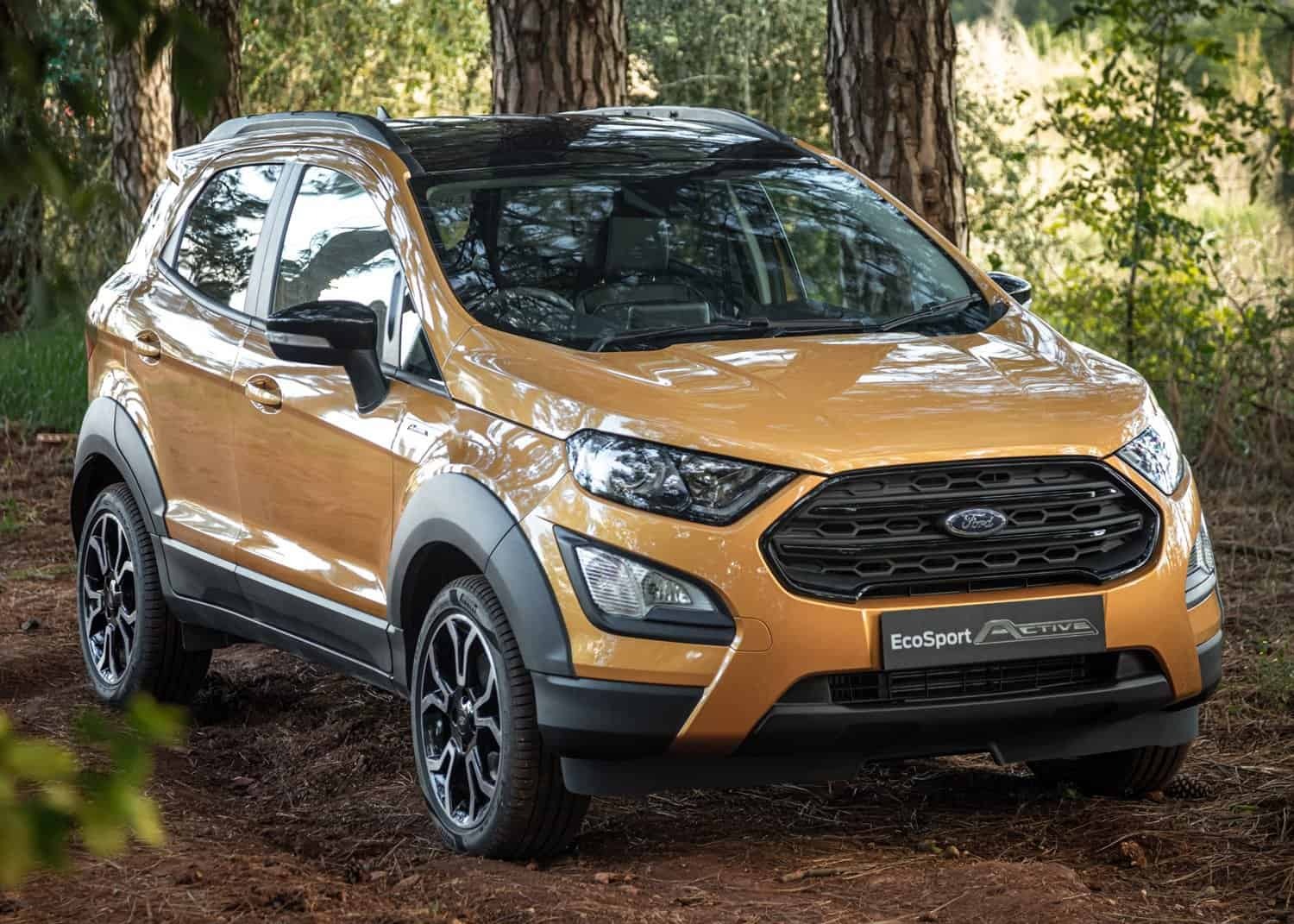
3. Ford EcoSport
The Ford EcoSport entered the US market to offer a budget-friendly subcompact SUV, but its resale performance has not met expectations.
Although it offered a small footprint for urban drivers and a low starting price, it has struggled to retain value once it entered the used market. Buyers often overlook it for alternatives that offer better ride quality, more interior space, and stronger resale support.
One of the main reasons behind the EcoSport’s weak resale value is its entire design and performance limitations. The SUV’s small engine options, including a three-cylinder turbocharged variant, may be fuel-efficient but lack the power and smoothness buyers expect in a used vehicle. The driving experience feels basic, and that makes the SUV less desirable after the initial purchase.
The interior layout is functional, but it falls short of expectations in both space and refinement. Back seat and cargo space are limited, and the materials used inside are not on par with what competitors offer.
This becomes a bigger concern for buyers looking for a second-hand vehicle that can serve for years without feeling cramped or underpowered.
Another problem is that the EcoSport was never a strong seller compared to rivals like the Honda HR-V or Mazda CX-30. This limited popularity means there is less brand loyalty and less buyer interest when the vehicle appears on the used market.
With Ford deciding to end production of the EcoSport in North America, spare parts availability and long-term support may also worry potential buyers.
Dealers often discount the EcoSport heavily to move inventory, which affects future resale prices. Once the initial discount is applied and depreciation begins, the vehicle loses value quickly.
Buyers looking at used subcompact SUVs usually pass on the EcoSport, opting instead for options with better design, stronger engines, and a more trusted reputation. All of these factors contribute to the Ford EcoSport’s poor standing in the used vehicle market.
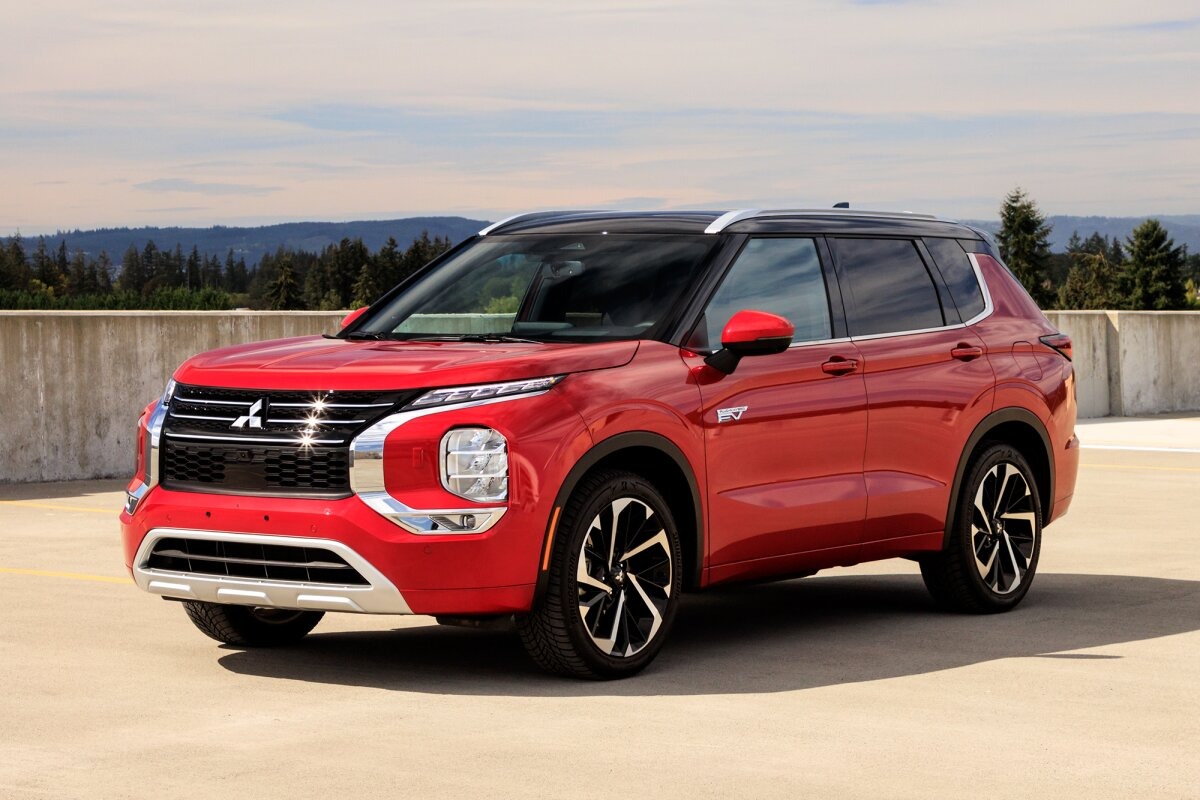
4. Mitsubishi Outlander
The Mitsubishi Outlander is often priced to attract budget-conscious new car buyers, but this strategy leads to problems in the used market. While it delivers features like third-row seating and decent fuel economy, it fails to hold its value due to issues with long-term durability and a lack of brand confidence.
Buyers in the used SUV market are usually hesitant to consider the Outlander unless the price is heavily discounted. One of the factors working against the Outlander’s resale performance is its inconsistent build quality. Depending on the year and trim, the driving experience can vary considerably.
Some models offer smoother rides than others, and that unpredictability does not inspire confidence in second-hand buyers. Issues with interior materials, noise levels, and drivetrain performance make buyers think twice.
Although the Outlander now shares some components with Nissan due to Mitsubishi’s partnership with the brand, earlier models do not benefit from that collaboration.
Many used Outlanders are viewed as basic transport rather than reliable long-term vehicles. Even the hybrid version, the Outlander PHEV, while innovative on paper, has seen mixed results when it comes to long-term battery performance and repair costs.
The design of the vehicle is another factor. While it has improved over the years, older models appear outdated, which makes them harder to sell on the used market.
Buyers often look for style, comfort, and value in one package, and the Outlander has struggled to deliver all three consistently. The interior layout may offer features, but the fit and finish leave much to be desired when compared to other mid-size SUVs.
Because of these shortcomings, Mitsubishi Outlanders experience sharp depreciation. Even well-maintained examples with low mileage are often sold for much less than similarly sized competitors.
The Outlander’s weak reputation and limited buyer interest mean that it cannot compete effectively in the used SUV space, especially among shoppers seeking long-term dependability.
Also Read: 5 High-Demand Used Cars vs 5 That Sit Unsold on Dealer Lots
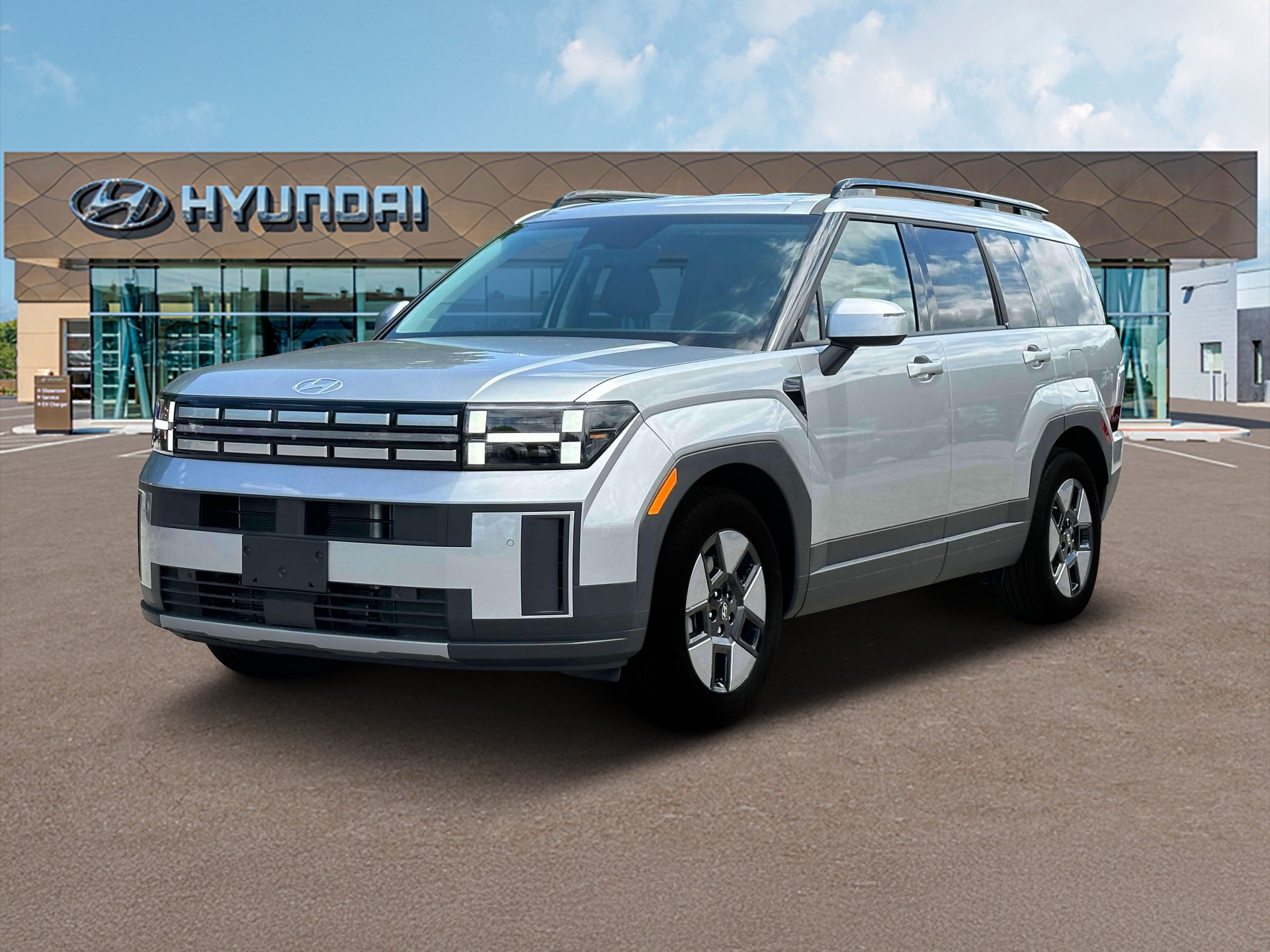
5. Hyundai Santa Fe
The Hyundai Santa Fe is a popular mid-size SUV, often chosen for its warranty coverage, safety technology, and comfortable ride. While these qualities make it appealing when new, its performance in the used market is less impressive.
One of the main issues is the high production volume. Hyundai has produced many units across different trims, which leads to oversupply in the second-hand market.
When supply is high, resale prices tend to fall. This becomes especially visible when lease returns flood dealerships. Buyers find plenty of options and negotiate lower prices, making it difficult for private sellers or smaller dealers to demand more. Even relatively new models with low kilometres can be found at prices lower than expected.
Mechanical reliability also plays a role in weakening resale value. Some past model years had engine issues, particularly those involving oil consumption or recalls.
While newer models have addressed many of these problems, used car buyers still remember the brand’s past challenges. Resale value tends to reflect this type of caution from consumers who want peace of mind.
The Santa Fe’s design and features have evolved quickly, which can be a double-edged sword. While new buyers appreciate the updates, used car shoppers may see older models as outdated, even if they are only a few years old. That perception reduces interest in used inventory and puts downward pressure on prices.
Despite being comfortable and well-equipped, the Santa Fe has not gained the same long-term trust as some of its Japanese rivals. That difference becomes even more obvious in the used market, where reputation matters more than features.
Buyers who want long-lasting value often skip the Santa Fe in favour of a 4Runner, CR-V, or RAV4, which tend to hold their value better. The Santa Fe’s soft resale support shows how volume and perception can limit the appeal of even a well-packaged SUV.

